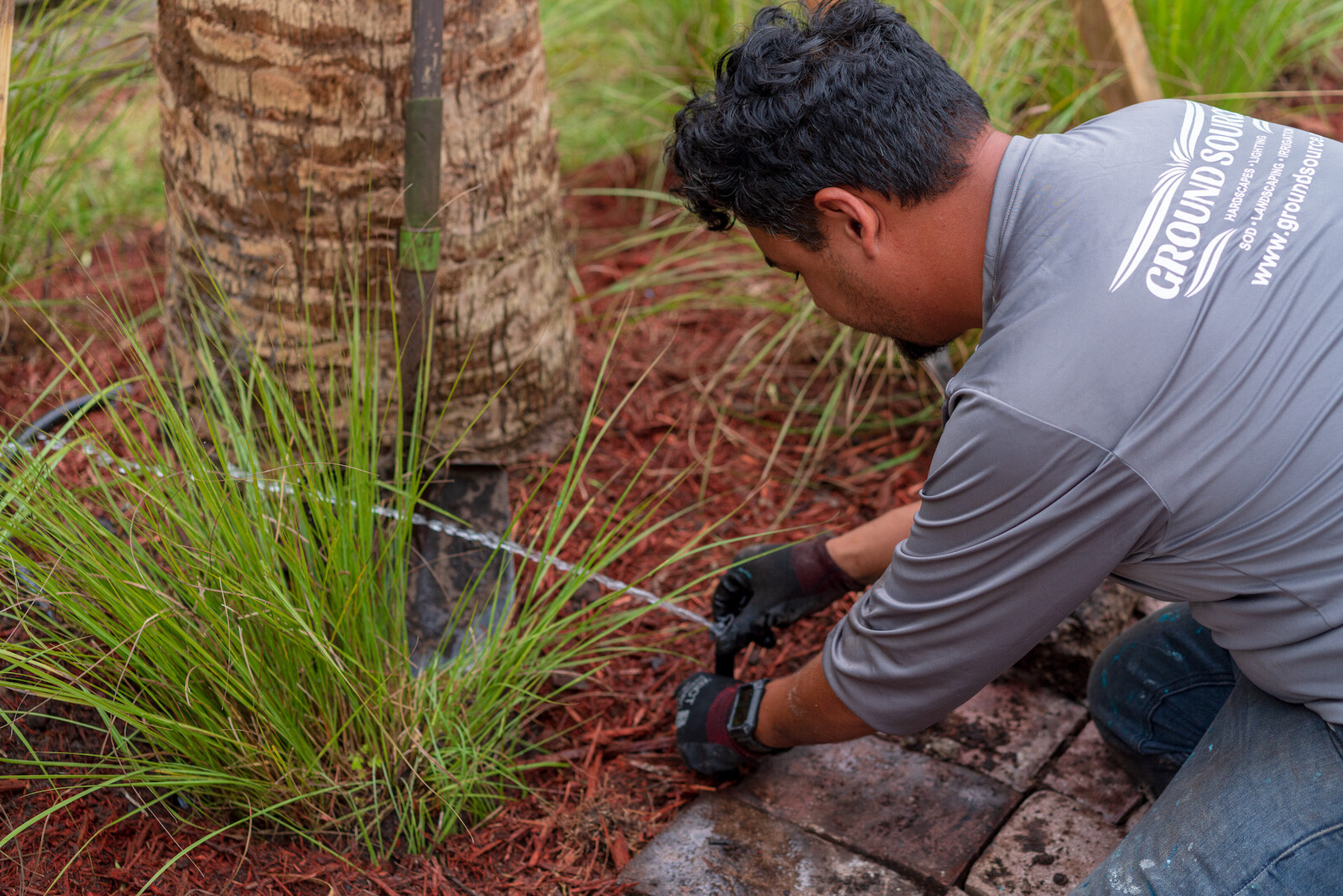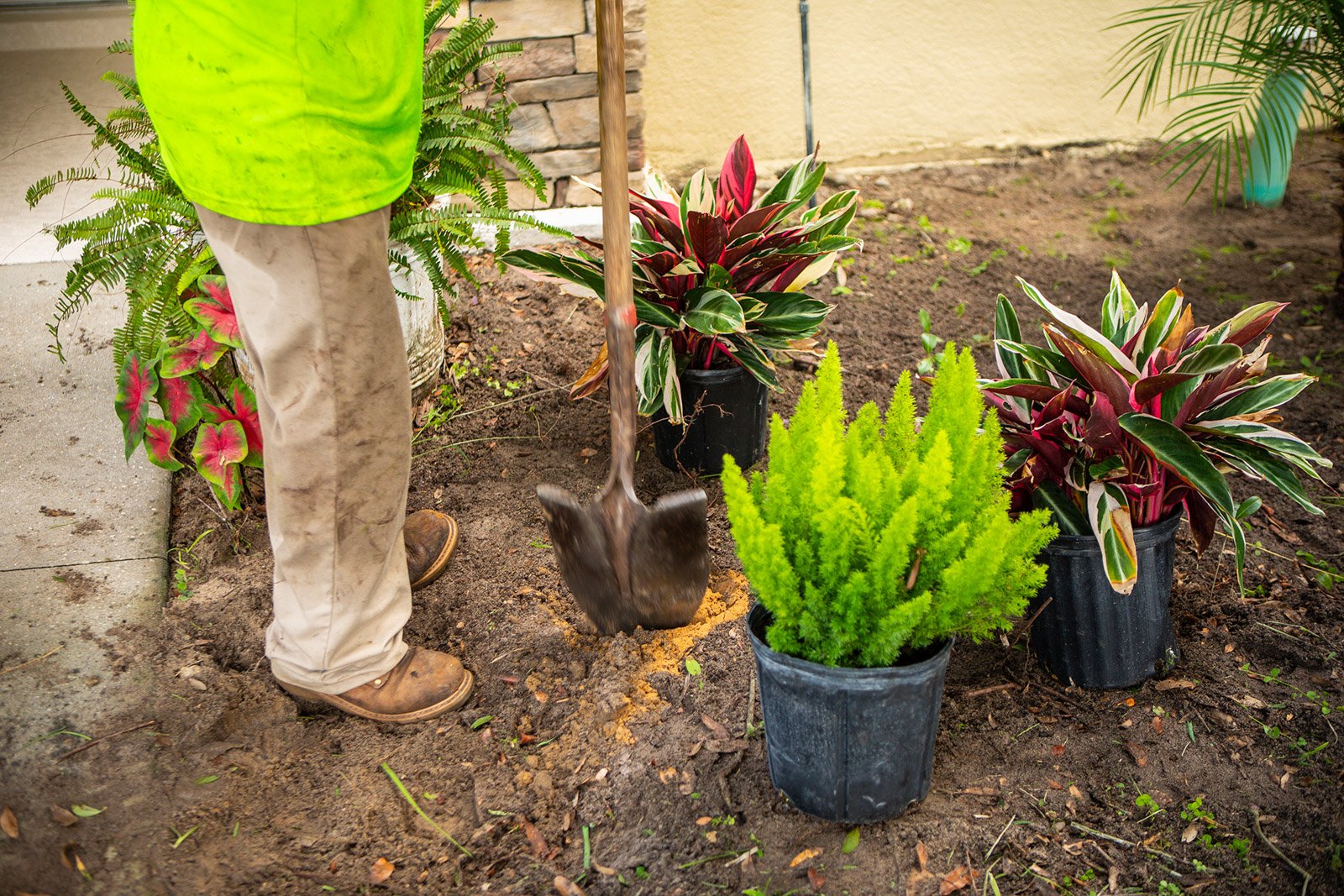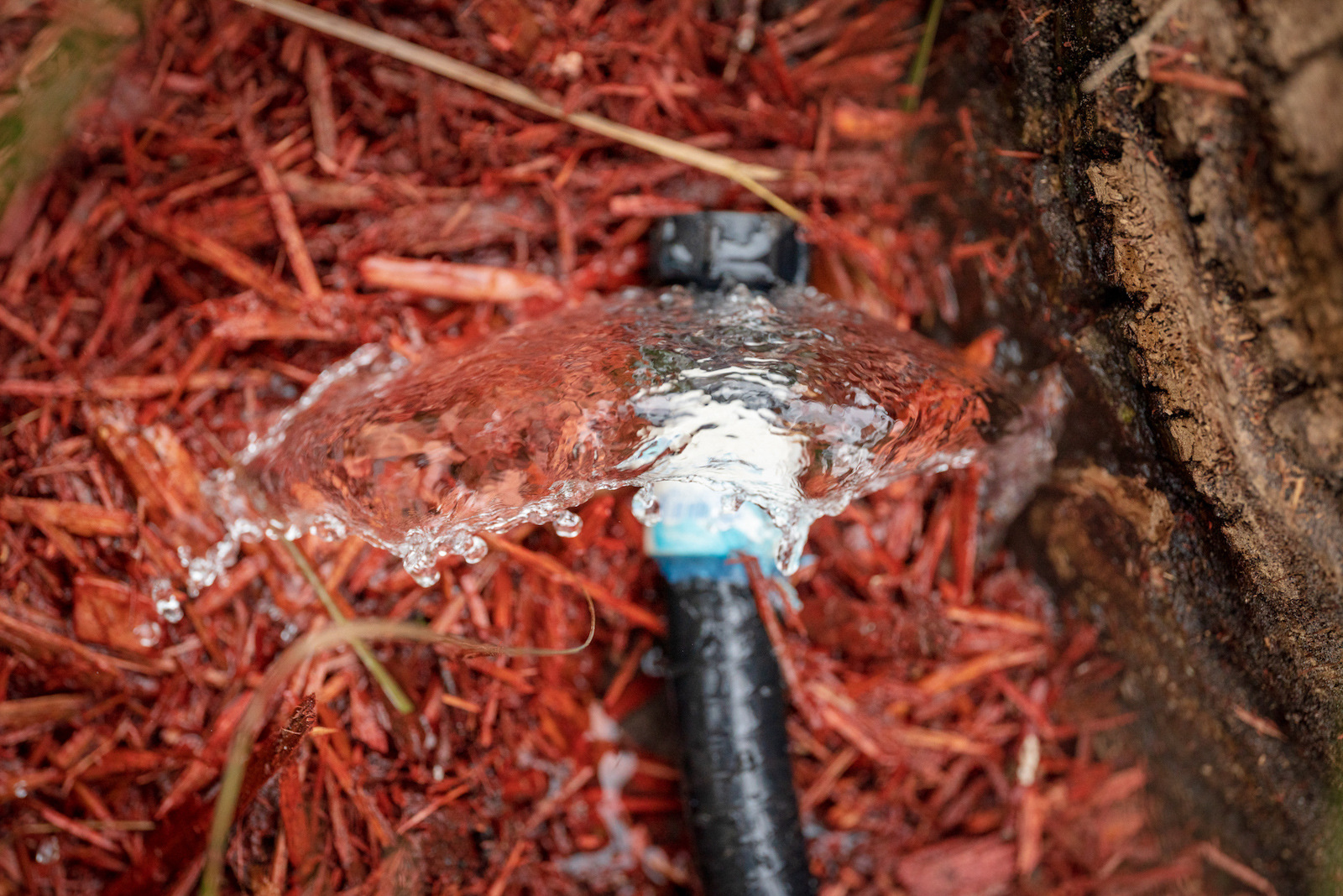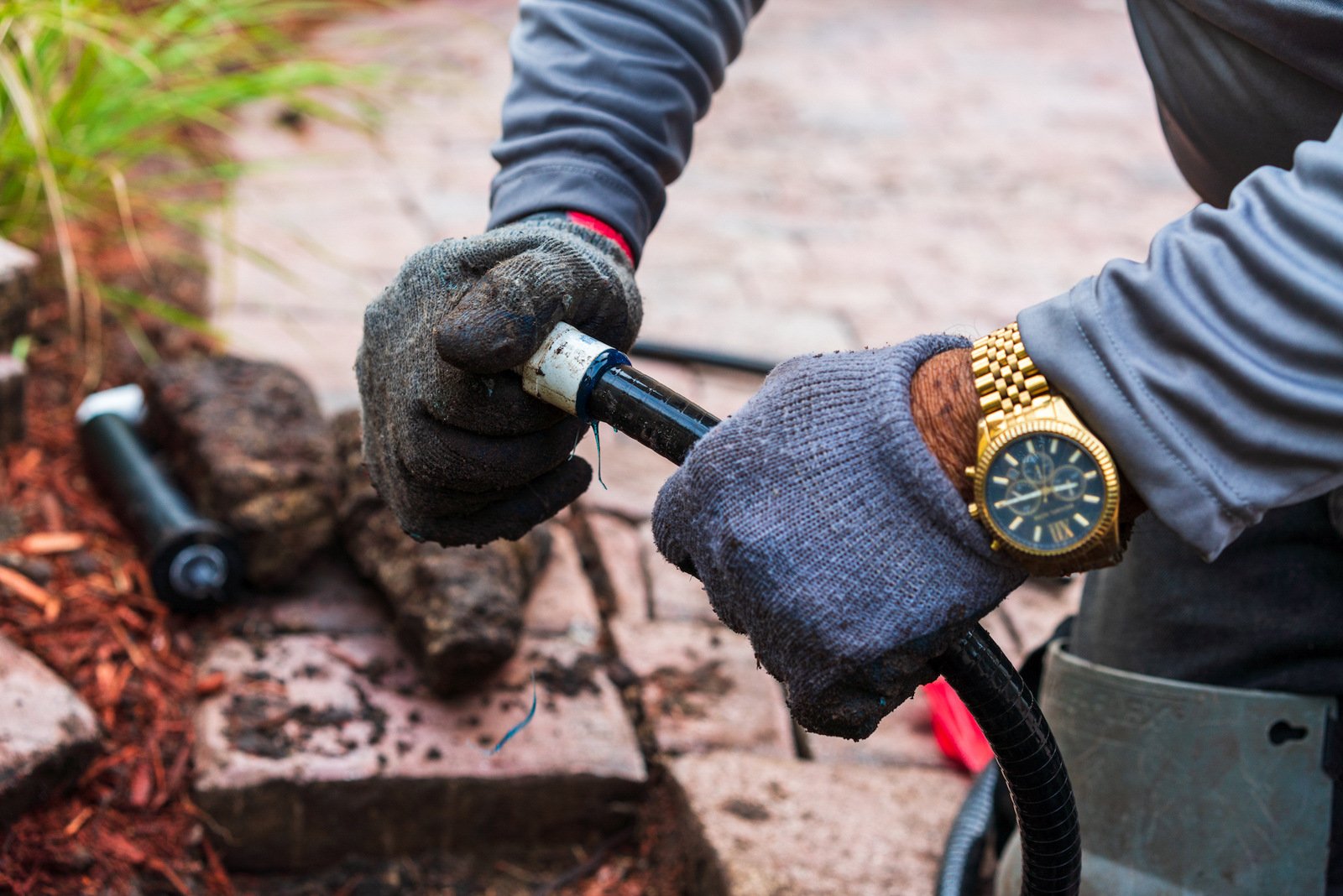There’s a sense of security in having an irrigation system, right?
You know it’s out there, dependably chugging away, keeping your lawn and landscaping happy and healthy.
But are you using it the right way? Could you be getting even more from your lawn watering pal?
Check out these irrigation system tips for Central Florida:
1. Water While You Sleep
The best time for lawn watering is when you’re not awake to see it.
Water between midnight and 4 a.m. for established landscapes and lawns.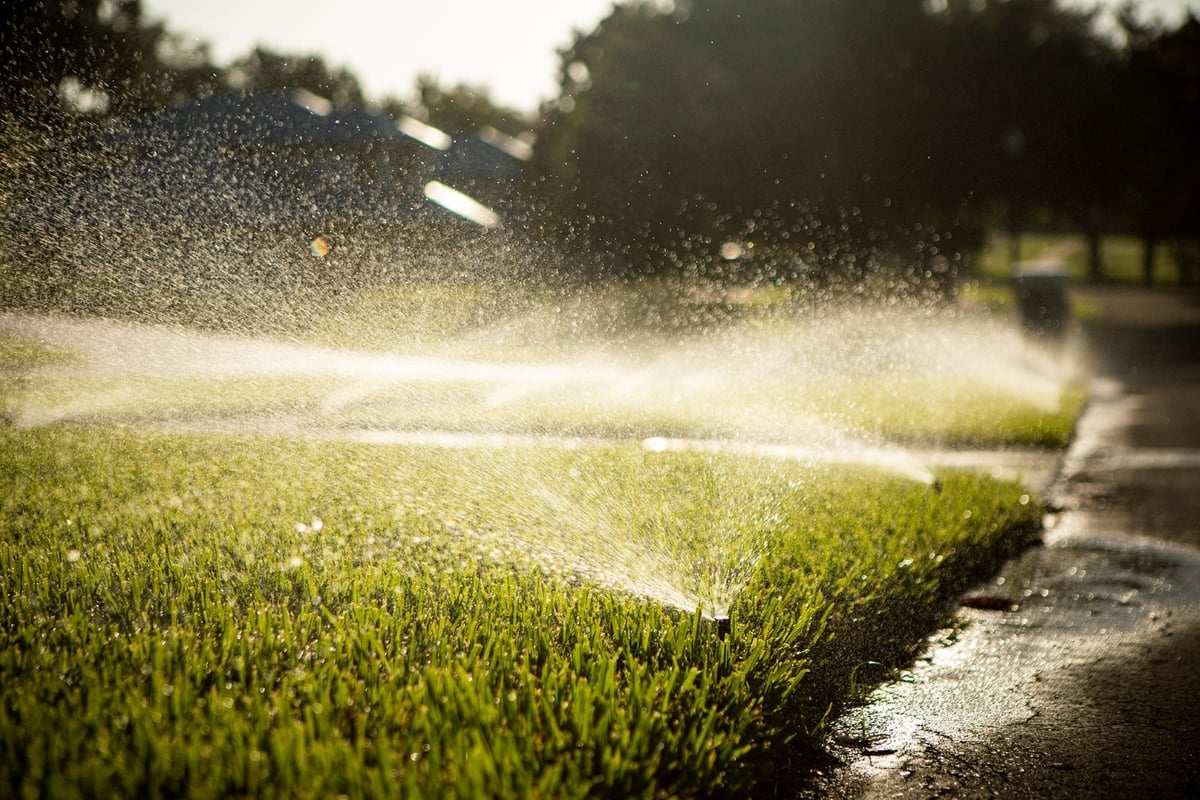 That’s when your lawn and landscaping can best absorb the water, and it will saturate well.
That’s when your lawn and landscaping can best absorb the water, and it will saturate well.
If you wait until the sun is shining, much of that precious water will evaporate, and be wasted.
2. Don’t Skip Irrigation Inspections
If everything seems to be fine with your sprinkler system, it’s easy to ignore it,
But you want to keep it that way, right?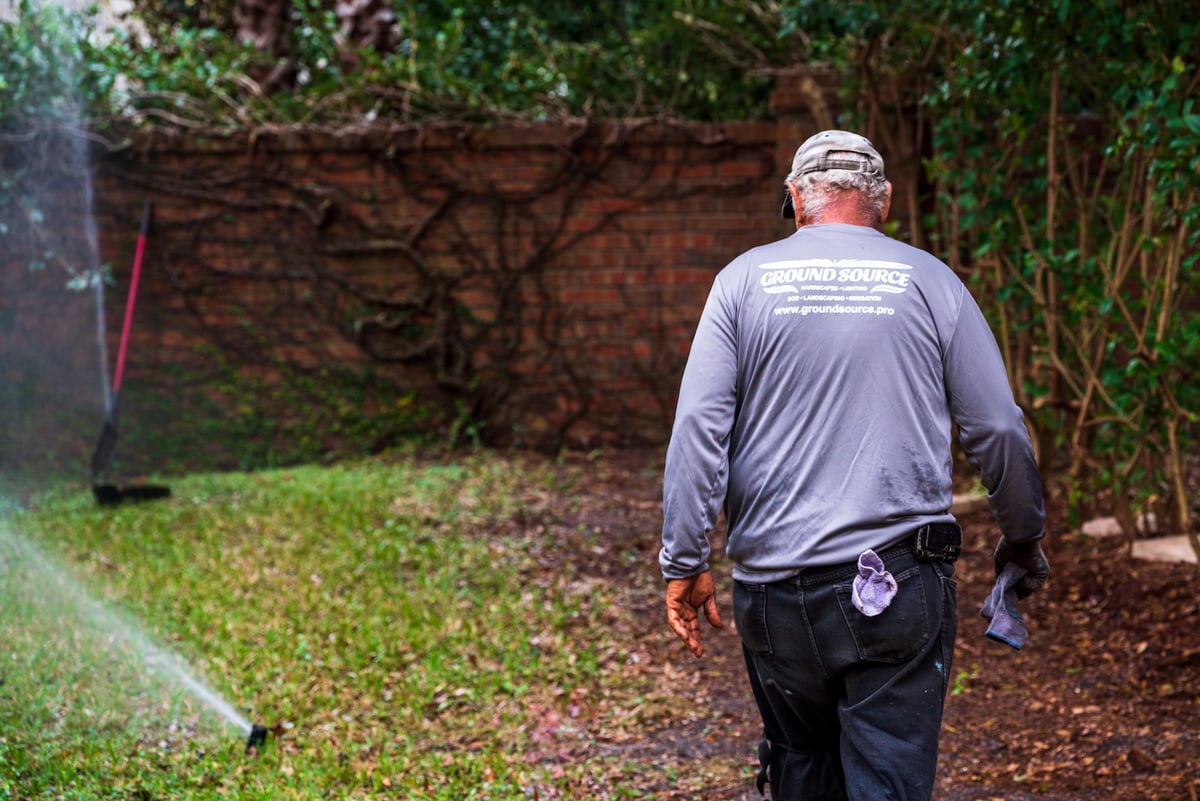 Best practices for a sprinkler system include scheduling regular irrigation inspections so technicians can spot the little issues that can lead to bigger problems later, from cracked lines and leaky valves to clogged nozzles or broken spray heads.
Best practices for a sprinkler system include scheduling regular irrigation inspections so technicians can spot the little issues that can lead to bigger problems later, from cracked lines and leaky valves to clogged nozzles or broken spray heads.
3. Check Your Irrigation Controller
Your irrigation system controller is pretty smart. But you need to visit it once in a while.
Check all your run times to make sure your system isn’t watering your landscaping too much or too little. 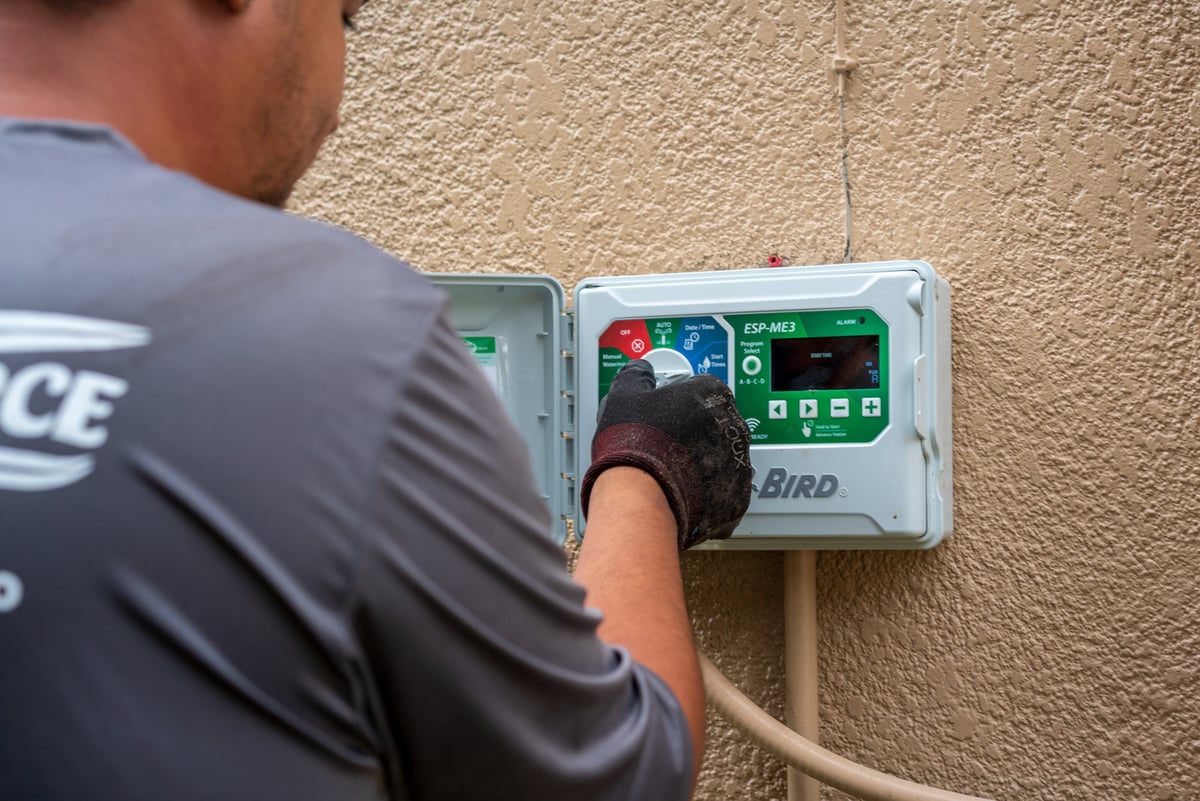 You might think you have a leak because you’re using more water than you think you should be. But maybe your controller is set to turn on too many times.
You might think you have a leak because you’re using more water than you think you should be. But maybe your controller is set to turn on too many times.
Make sure it’s set for the right season, too. If it’s set to water more often than your Central Florida property needs for this time of year, too much water is ending up on your property, causing wet spots.
4. Inspect Your Sprinkler Heads
We know you have a lot of other things on your to-do list. But lawn watering is hard work for your sprinkler heads. And they might get knocked out of alignment by mowers or heavy foot traffic.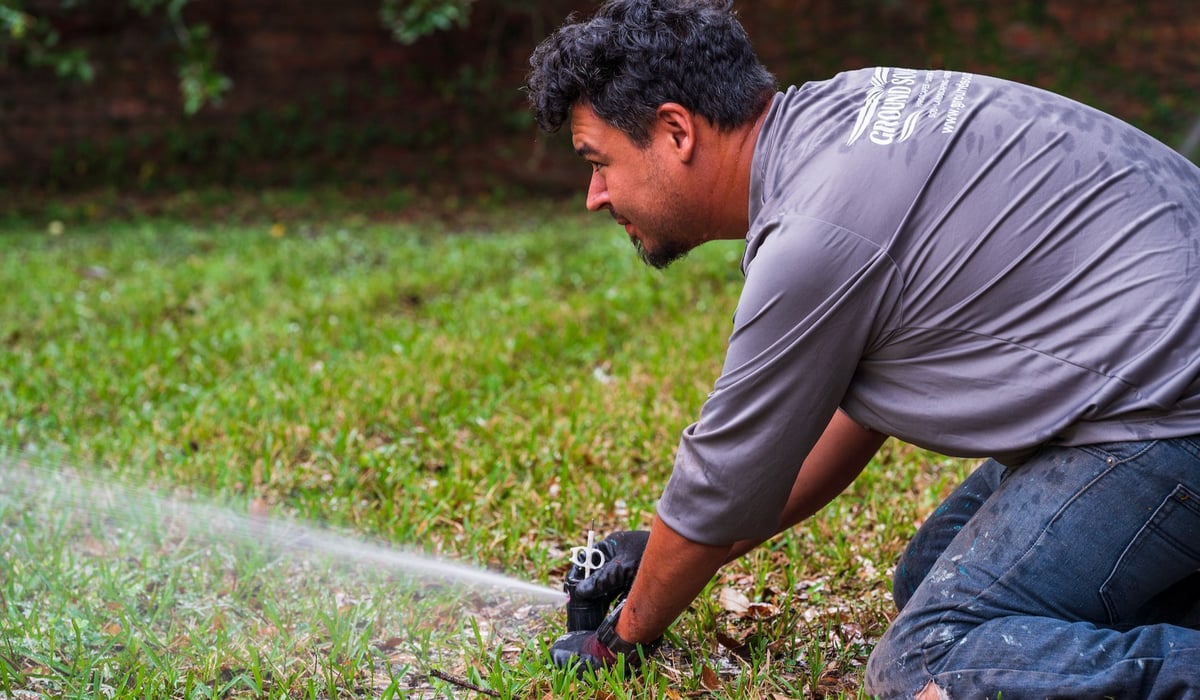 Take a peek once in a while. Here’s a handy checklist:
Take a peek once in a while. Here’s a handy checklist:
- Are sprinkler heads hitting all areas of your lawn?
- Are they only hitting the lawn, or are they spraying areas they shouldn’t, like your sidewalks, driveway, or the side of your house?
- Make sure all heads pop up all of the way and fully retract when the water is turned off. If they don’t go down all the way, they can get hit by your lawnmower.
- Are any sprinkler heads blocked by tall grass, plants, or other obstacles? Sprinkler heads can be raised if they are too low or have settled.
- Clean or replace any clogged nozzles.
5. Lawn Watering Tip: Invest in a Rain Sensor
Few things look more ridiculous than a house with its lawn sprinkler system spraying away during a rainstorm.
Plus, it’s a huge waste of water.
One of the best irrigation system tips? Get a rain sensor.
A rain sensor communicates with your sprinkler system's controller and will stop it from watering once it has collected approximately 3/4 inch of rain. It will keep it off until the device dries out.
It’s a really easy way to save water, save money, and not be the dumb-looking neighbor on the block.
6. Do You Have 6-inch Sprinkler Heads for Your Lawn?
If you don’t, you probably should.
Yes, a 4-inch pop-up sprinkler head is standard for lawns. Placed underground, it rises up when the water turns on and waters your lawn.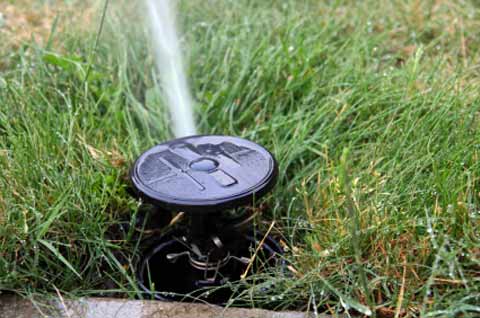 But Floratam St. Augustine grass is the most common type of grass today for homes and businesses in the Central Florida area. And this type of grass should be maintained at 4 to 4.5 inches high.
But Floratam St. Augustine grass is the most common type of grass today for homes and businesses in the Central Florida area. And this type of grass should be maintained at 4 to 4.5 inches high.
So an Orlando lawn sprinkler system needs 6-inch heads, not 4-inch, because they rise up higher for lawn watering to clear the taller grass.
7. Lawn Irrigation Tip: Not Too Much, Not Too Little
Here at Ground Source, we recommend 3/4 inch of water per zone.
How long does it take to deliver 3/4 inch of water?
It depends on the type of irrigation head.
Here’s a good rule of thumb:
- Spray heads: 30 minutes
- Rotors: 50-60 minutes
- MP rotors: 1-2 hours
Need Great Lawn Irrigation Tips? Ask Ground Source
Who couldn’t use a few great lawn watering tips?
Sure, your irrigation system does most of the work. But it needs your help once in a while. When it has you stumped, give us a call.
Whatever goes wrong with whatever part of your irrigation system, our skilled technicians will have it back up and running in no time.
We’re irrigation experts, but our skills don’t stop there. We’re with you every step of the way as you plan your perfect outdoor space.
Sod, irrigation, landscape design: Let us transform your yard from an embarrassing eyesore to a place you spend every spare minute.
Are you ready to enjoy the vibrant, impressive yard you've always wanted? Request a quote today! We’ll help you review your options and then transform your property.




